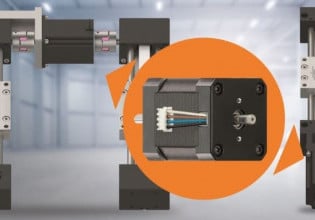Dear All,
We have a GE Gas Turbine unit with Mark IV+ control system. Recently, unit tripped 2 times without showing any alarm. We have an information system (from ABB) connected with Mark IV+ to work as historian and trender. We observed from there that all the parameters like NG pressure, CPD, Gas control valve (GCV), speed ratio valve (SRV) positions were normal then L4 is suddenly changing from 1 to 0. Then after 2 seconds, flame scanners, GCV, SRV, generator breaker all are going to trip status. However, L4T was zero all the time and didn't change. All the above observation were captured from the mentioned trending system.
Any ideas, what can trip the unit without initiating any alarms. Please advise.
We have a GE Gas Turbine unit with Mark IV+ control system. Recently, unit tripped 2 times without showing any alarm. We have an information system (from ABB) connected with Mark IV+ to work as historian and trender. We observed from there that all the parameters like NG pressure, CPD, Gas control valve (GCV), speed ratio valve (SRV) positions were normal then L4 is suddenly changing from 1 to 0. Then after 2 seconds, flame scanners, GCV, SRV, generator breaker all are going to trip status. However, L4T was zero all the time and didn't change. All the above observation were captured from the mentioned trending system.
Any ideas, what can trip the unit without initiating any alarms. Please advise.






